Most electrical circuits in the vehicle are protected by fuses. Headlights, fan motors, fuel pump and other powerful current consumers are connected via relays. Fuses and relays are installed in mounting blocks located in the engine compartment and the vehicle interior.
Figure: 10.1. The numbers of the fuse links, fuses and relays in the mounting block located in the engine compartment
Most of the fuses are installed in a mounting block located in the engine compartment (Fig.10.1). The purpose of fuses, fuses and relays in the mounting block of the engine compartment is indicated in table. 10.1.
In addition, on the Mitsubishi Outlander XL car, fuses and relays are located in the mounting block in the passenger compartment on the left side (Fig.10.2) (the circuits protected by these fuses are shown in Table 10.2).
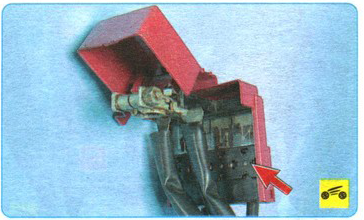
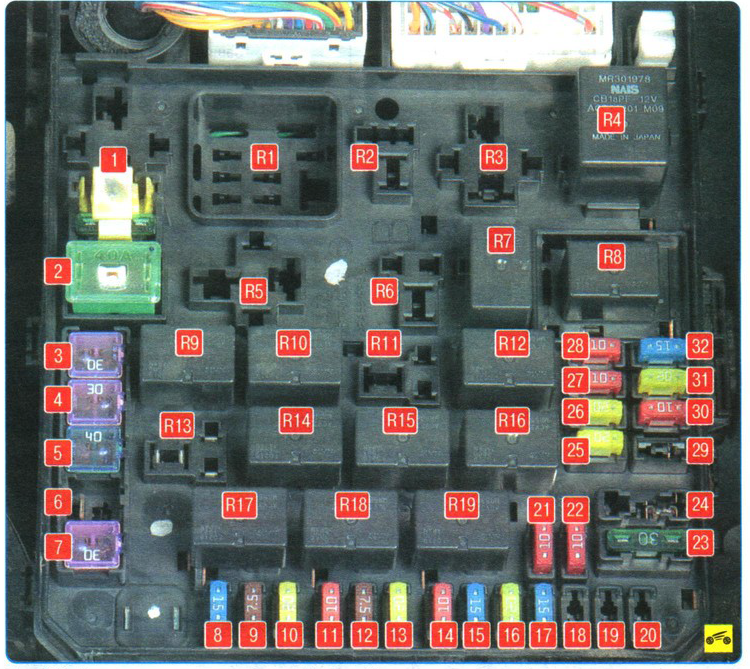
Figure: 10.1. The numbers of the fuse links, fuses and relays in the mounting block located in the engine compartment
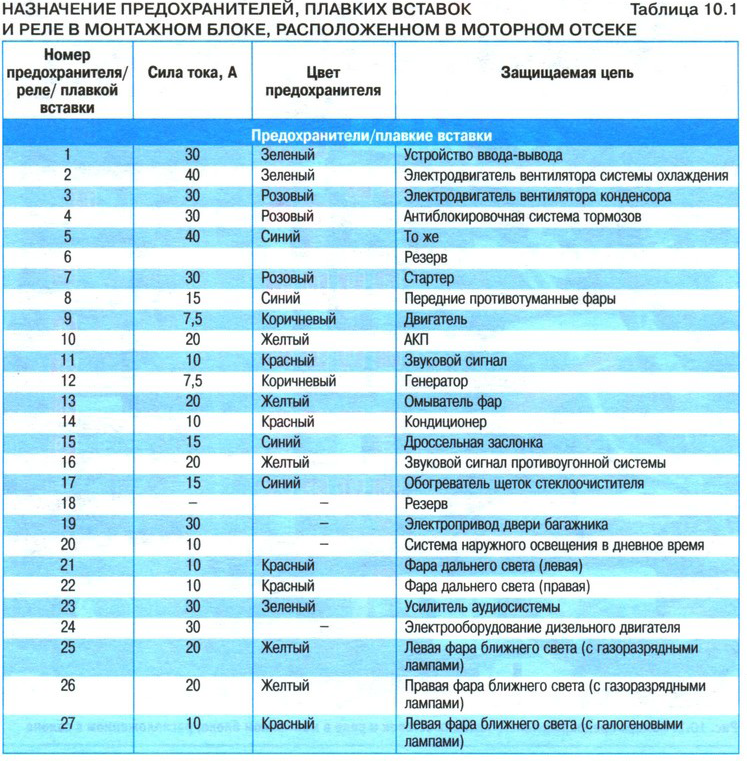
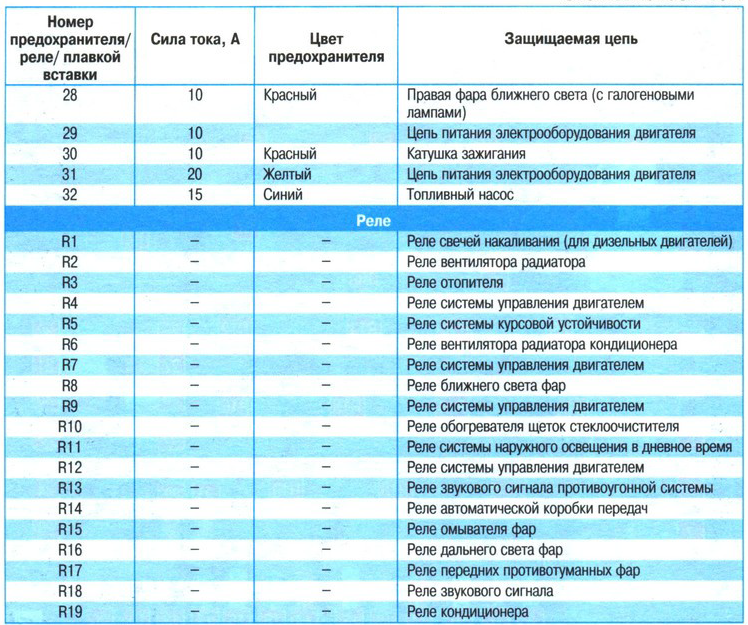
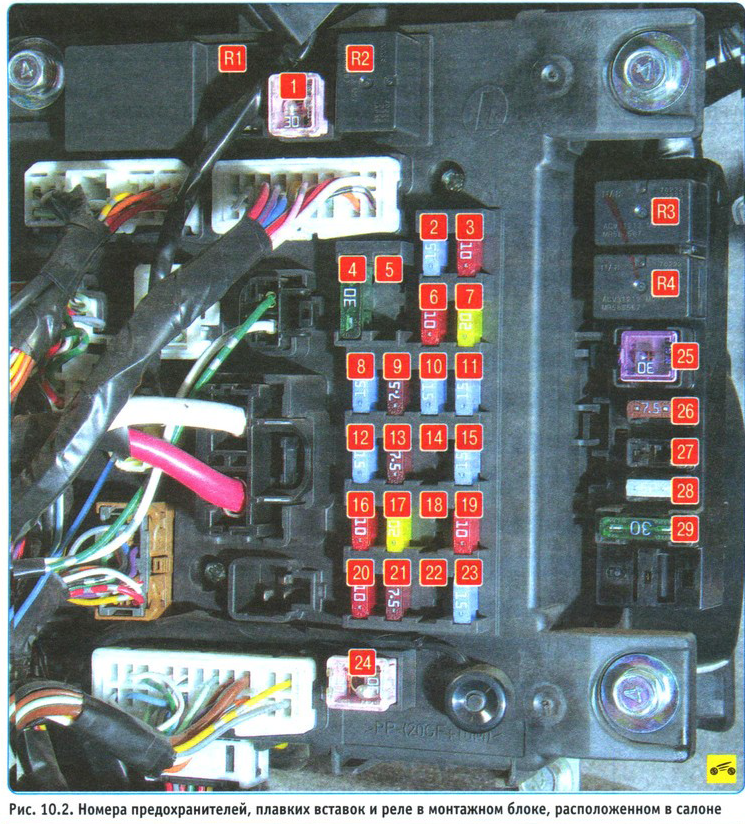
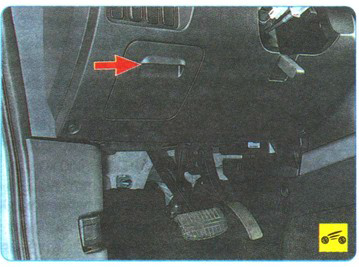
1. To gain access to the mounting block located in the passenger compartment, pull the cover handle and remove the cover, overcoming the elastic resistance of the latches.
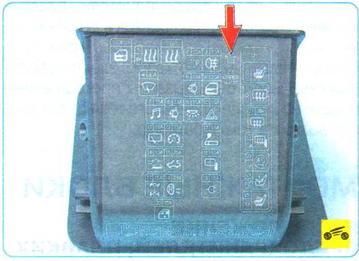
The fuse diagram is printed on the inside of the decorative cover, and an arrow on the cover indicates the direction of movement of the vehicle.
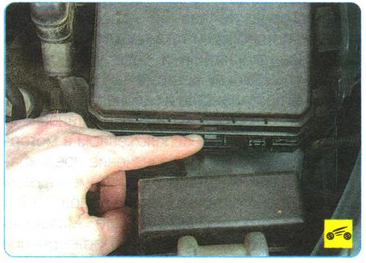
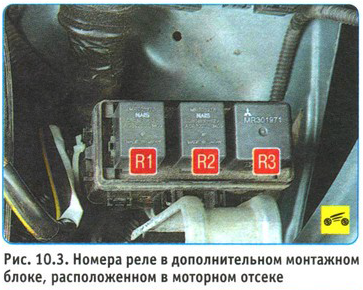
2. To gain access to the mounting block located in the engine compartment, press the cover latch.
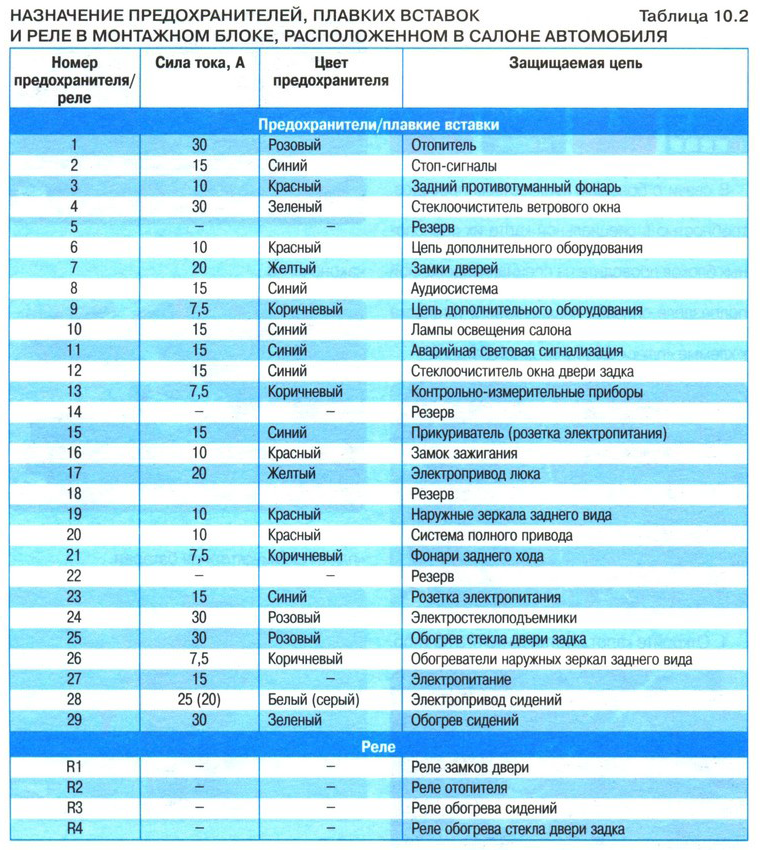
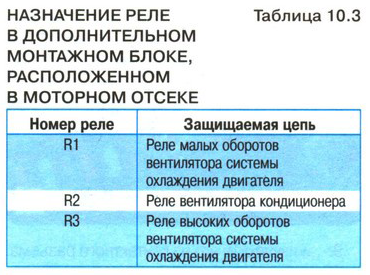
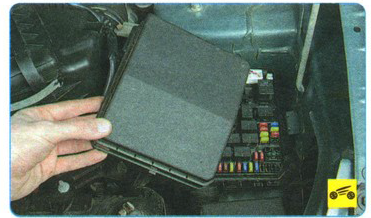
3. Remove the cover.
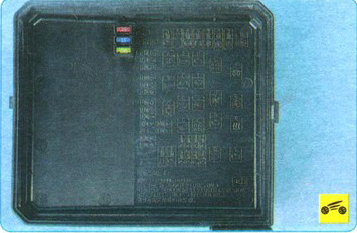
On the inner side of the cover of the mounting block of relays and fuses, located in the engine compartment, a diagram of the location of relays, fuses and fuses is applied. Sockets with spare fuses are also fixed there. An arrow on the cover indicates the direction of travel of the vehicle.
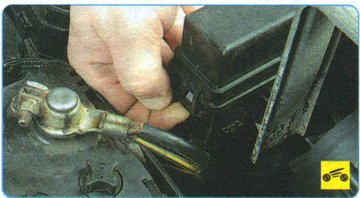
4. To access the additional relay mounting block in the engine compartment, release the cover latch.
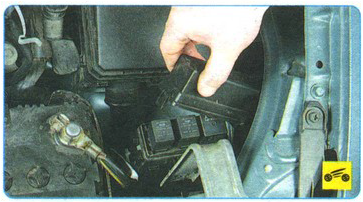
5. Remove the cover.
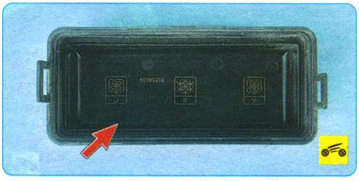
On the inner side of the cover of the additional mounting block of the relay located in the engine compartment, the relay location diagram is applied.
6. Before replacing a blown fuse or fuse, find out the cause of the blown out and fix it. When troubleshooting, look at the indicated in table. 10.1, 10.2 and 10.3 circuits that are protected by a given fuse or fuse link.
Do not replace fuses with jumpers or fuses of different amperage, or homemade jumpers, as this can damage electrical appliances and even cause fire.
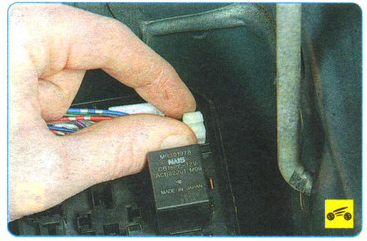
7. Remove the tweezers from the holder.
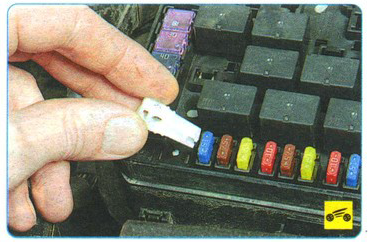
8. Grasp the fuse with tweezers.
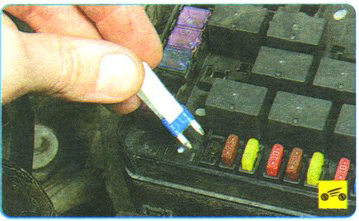
9. Remove it from the connector.
10. Install a fuse of the same rating in the connector as the one removed.
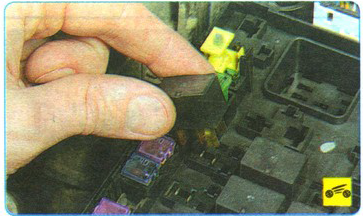
11. If replacement is necessary, remove the relay from the mounting block by rocking it from side to side.
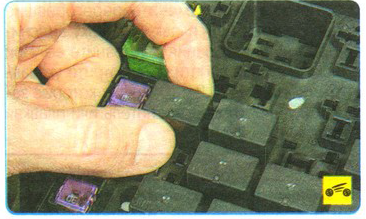
12. Install a new relay.
13. Replace the fuse-links in the same way as replacing the relay.
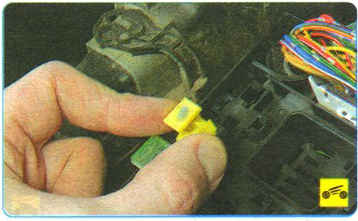
14. To remove the blade-type fuses (30 A), press the holder lock.
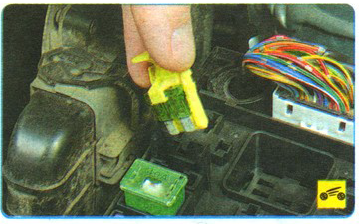
15. Remove the fuse together with the holder.
Source: Manual of the publishing house "Third Rome"
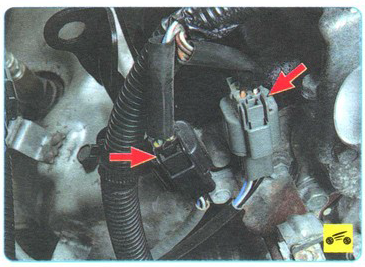
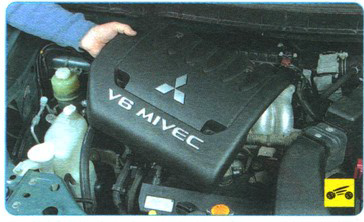
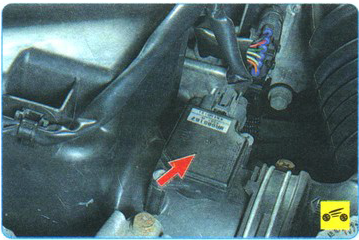
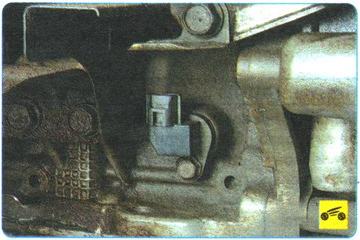
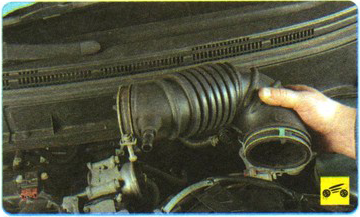
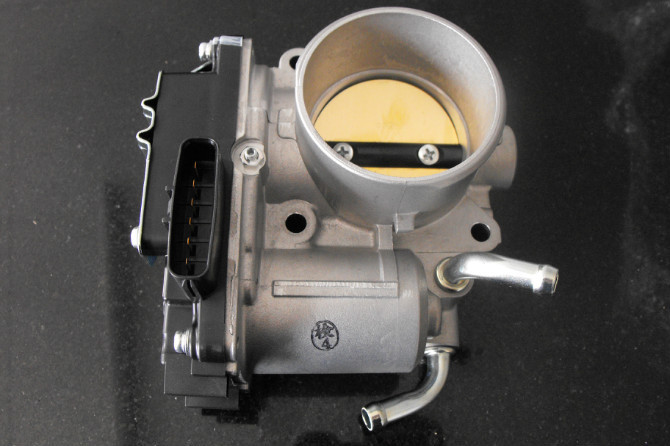
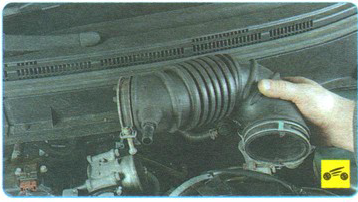

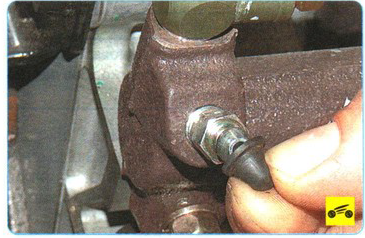
![1 generation [2003 - 2007]](/uploads/Mitsubishi_Outlander_I_2003_-_2008_.jpg)
![3 generation [2012 - 2014]](/uploads/3.png)
![XL [2005 - 2012]](/uploads/4d137205da66f_.jpg)